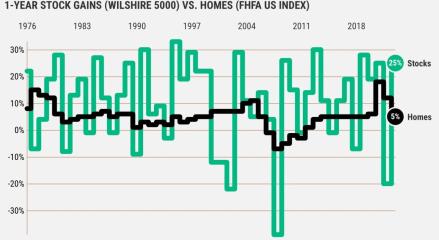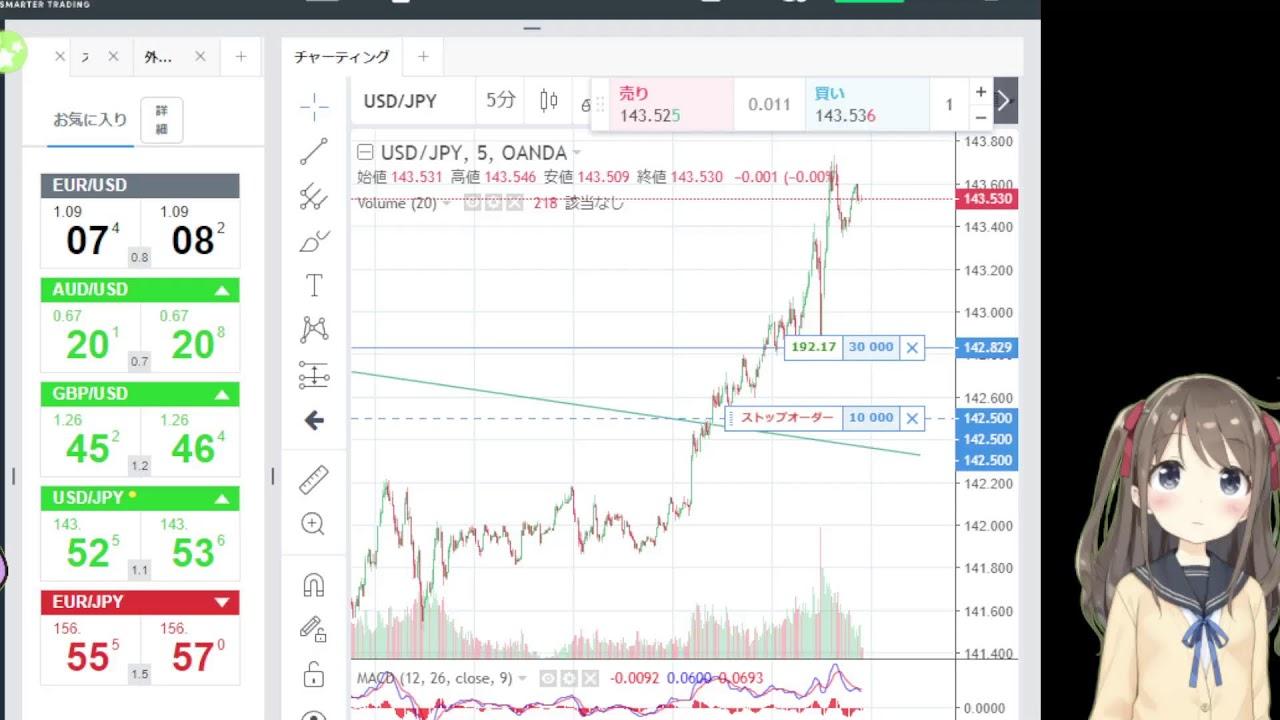Let's walk through an example of a loss cut activation in the context of forex trading:
- Setting Up a Trade:
- Suppose you are a forex trader, and you decide to go short (sell) on the GBP/USD currency pair at a price of 1.3200. You believe that the market will move downward, and you want to profit from this potential decline.
- Implementing a Loss Cut (Stop-Loss) Strategy:
- To manage your risk, you decide to set a stop-loss order at 1.3250. This means that if the market moves against your trade and the price of GBP/USD reaches 1.3250, your stop-loss order will be triggered.
- Market Movement:
- After entering the trade, the market starts moving, but unfortunately for your short position, there's an unexpected positive economic announcement related to the British pound. This causes the GBP/USD price to rise.
- Stop-Loss Activation:
- As the market moves against your short position and reaches 1.3250, your stop-loss order is automatically triggered. The broker sells your position at the prevailing market price to limit your losses.
- Outcome:
- While the trade resulted in a loss, the activation of the stop-loss order prevented further losses. The stop-loss order worked as intended, automatically closing the trade at the predetermined level and limiting the impact of the adverse market movement.
In this example:
- Initial Short Position: Sell GBP/USD at 1.3200.
- Stop-Loss Level: 1.3250.
If the market moves in the opposite direction, reaching the stop-loss level at 1.3250, the stop-loss order is triggered, and the position is closed to mitigate losses.
This example illustrates the practical application of a loss cut strategy using a stop-loss order. Traders use such orders to define their risk tolerance and automatically exit losing positions to preserve capital and adhere to their risk management plans.















